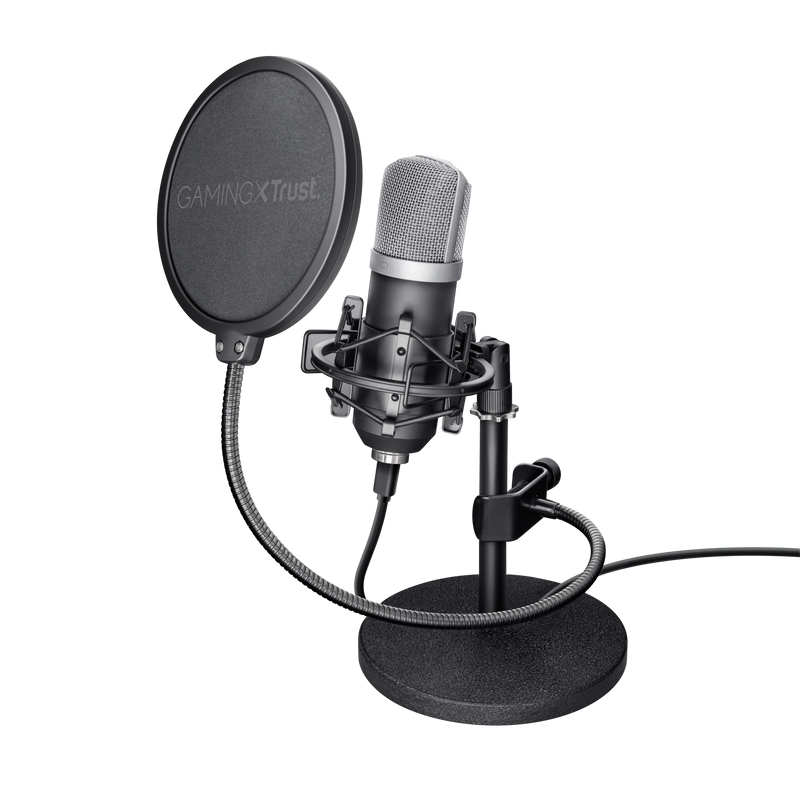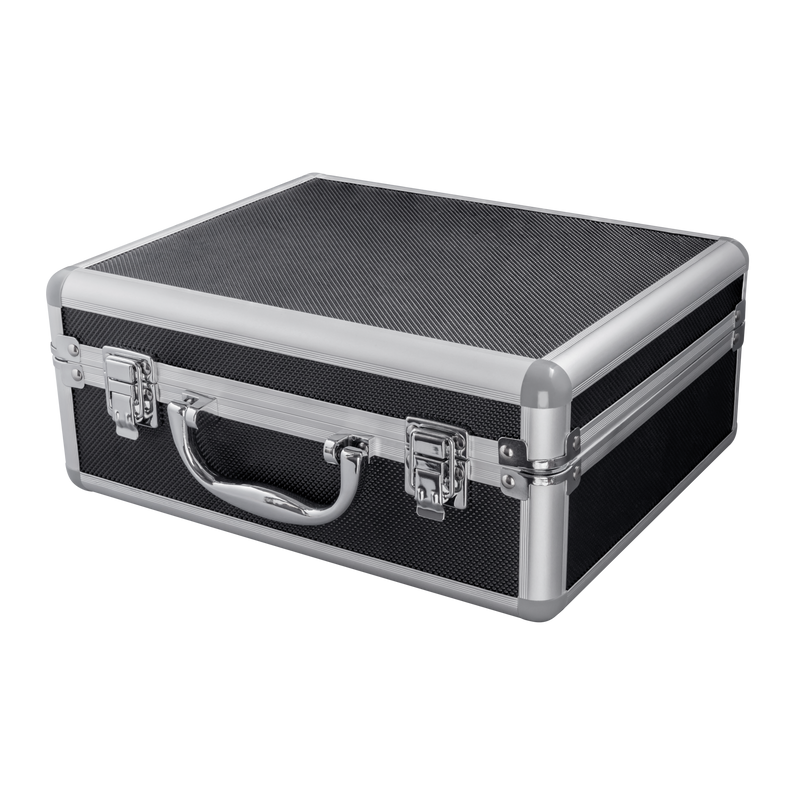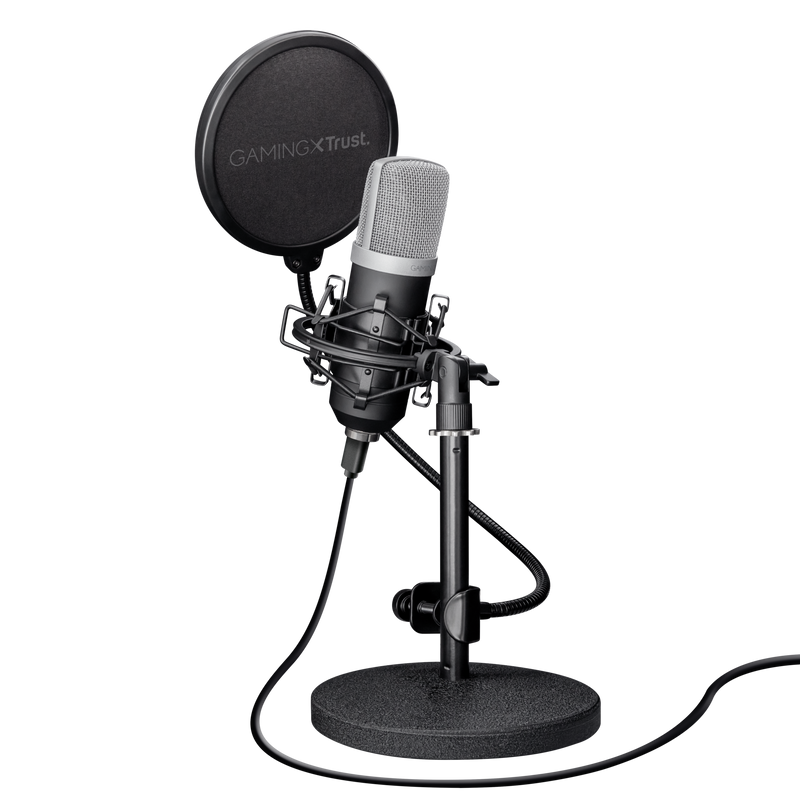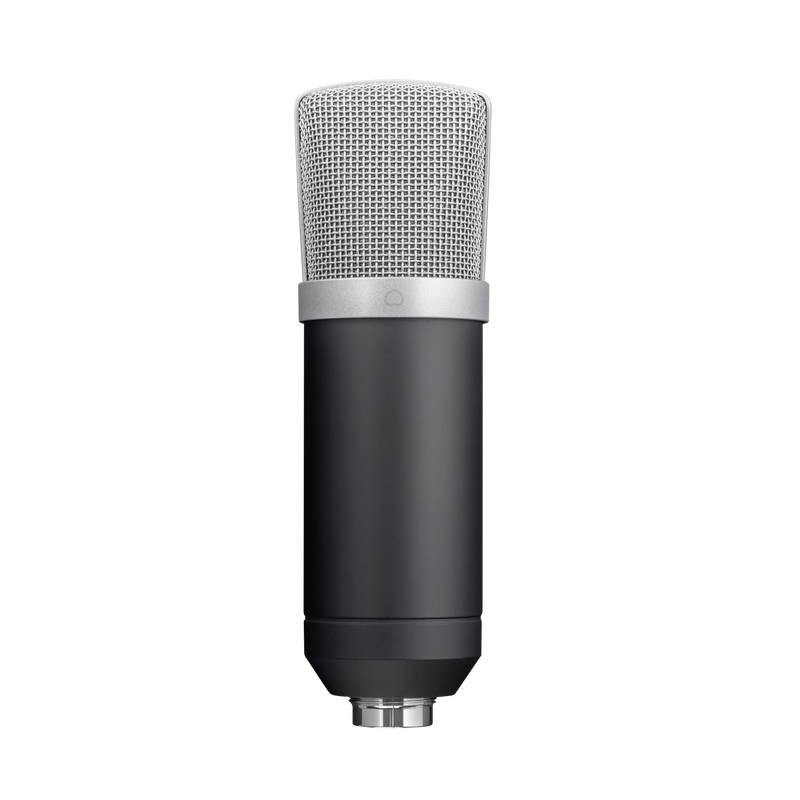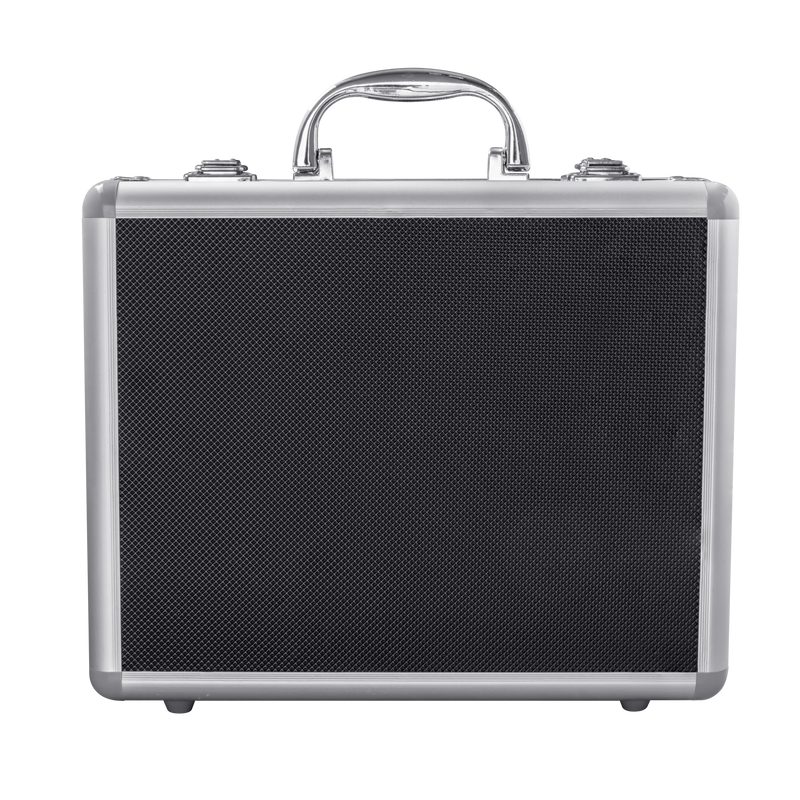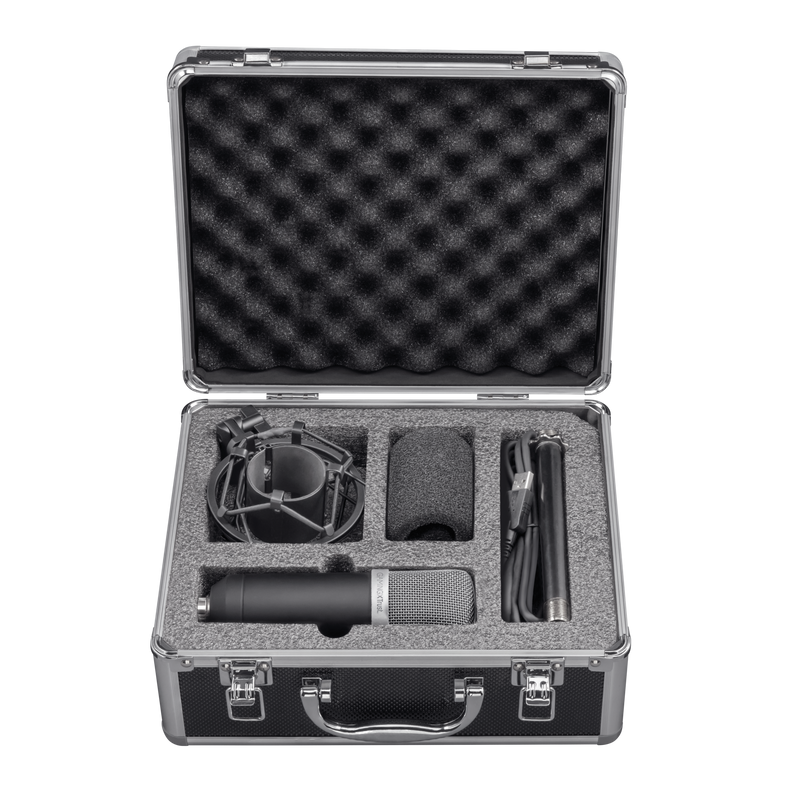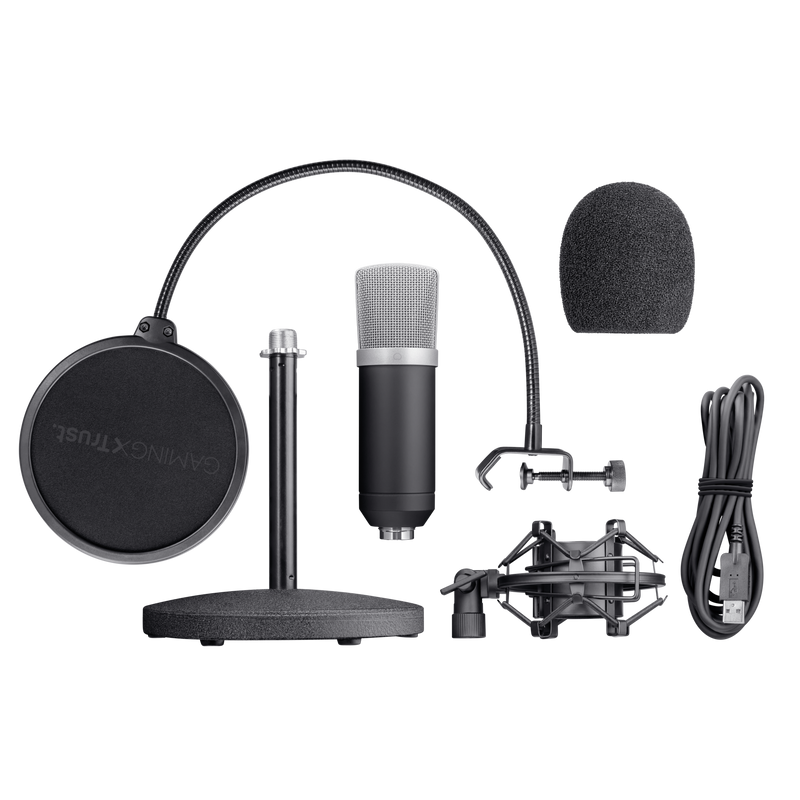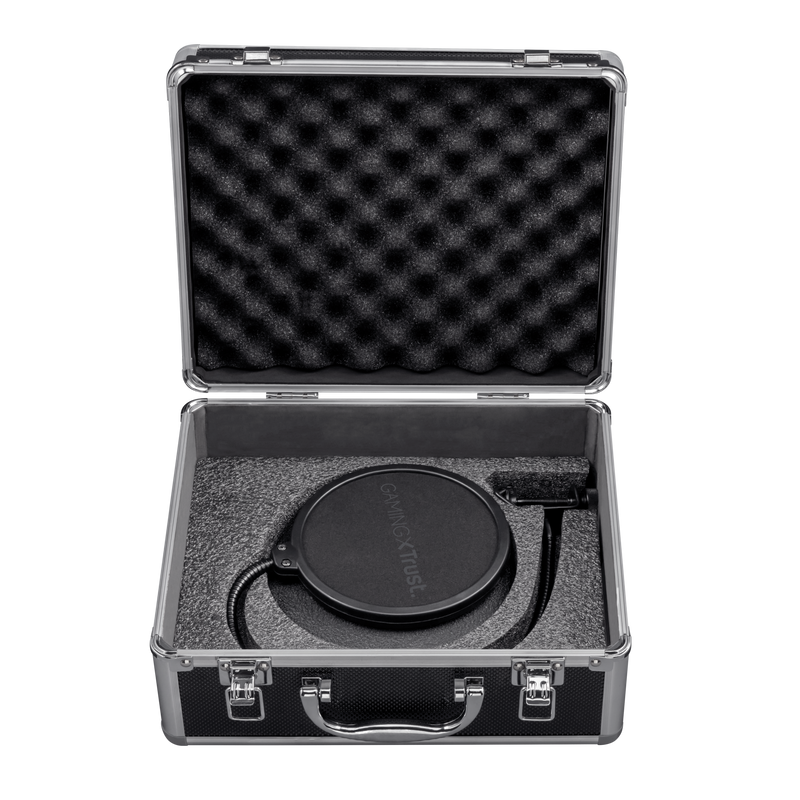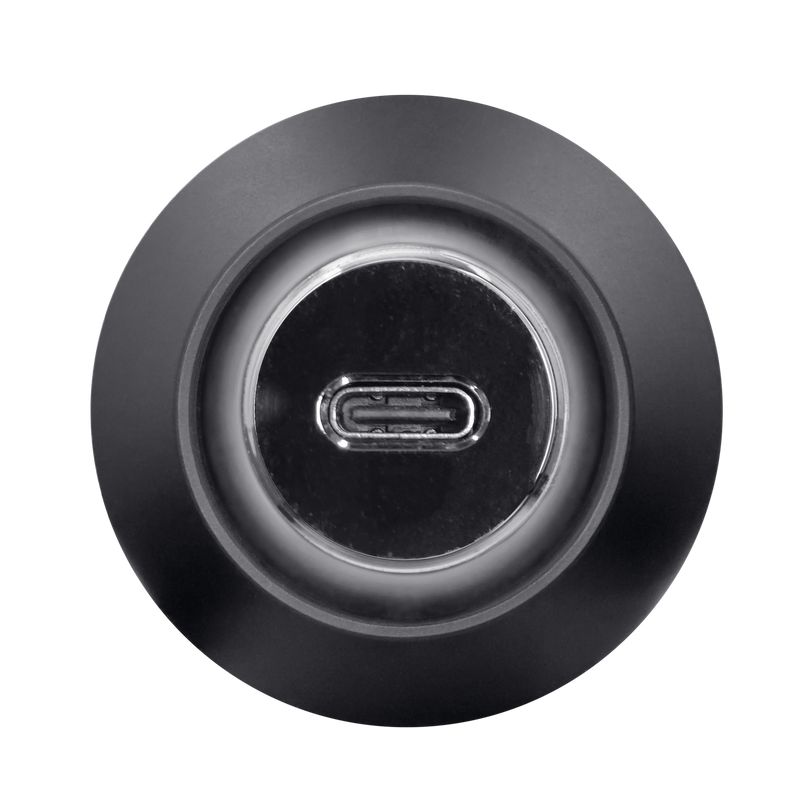GXT 252 Emita
Professional USB studio microphone in flightcase, with high precision cardioid recording pattern; for streaming, podcasting, voice-overs and acoustic music
The mic for makers
Whether you’re streaming, vlogging, podcasting, recording or more; you want it to sound professional. This professional USB studio microphone is perfect for all your sounds - let’s hear your voice!
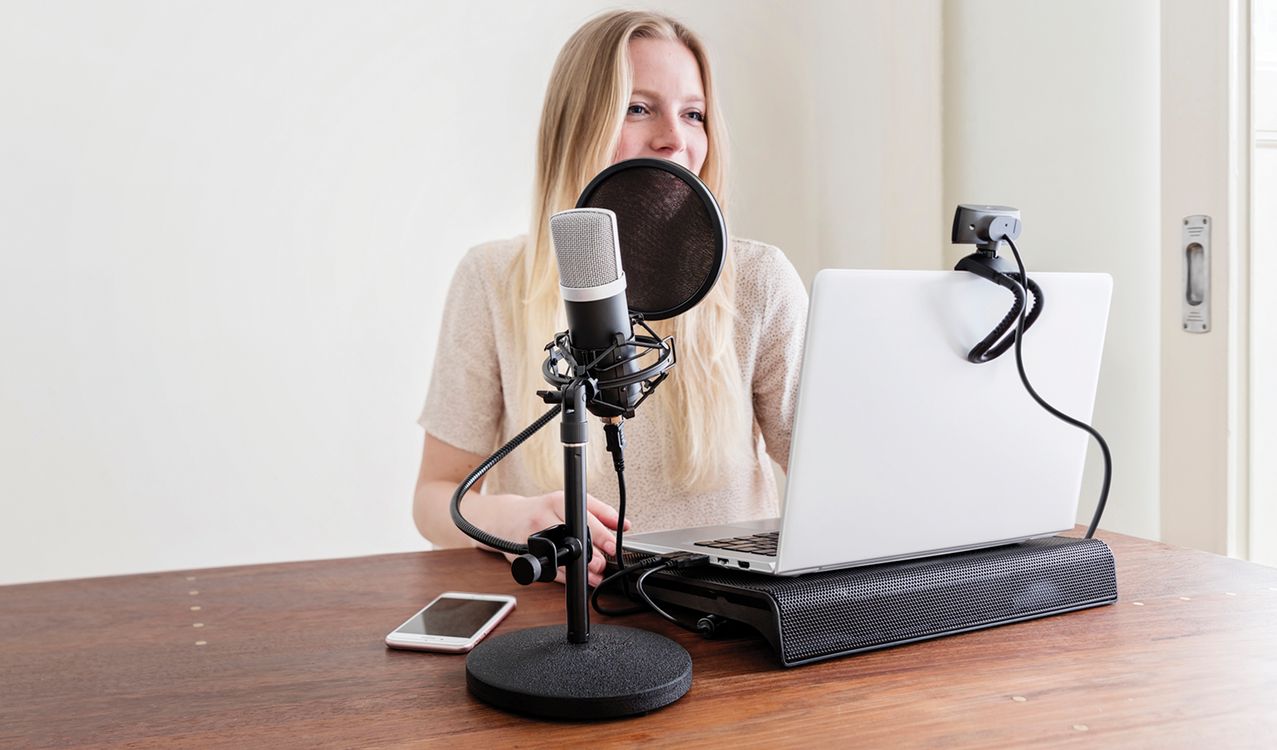
Key features
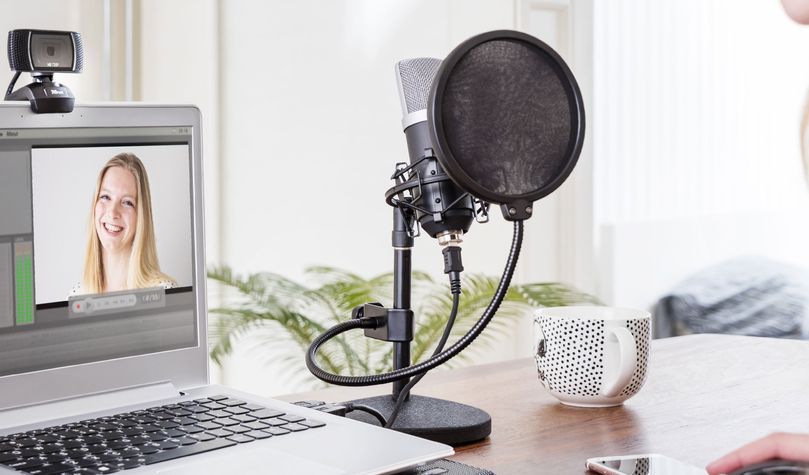
Keep it connected
Complete with a USB connection, the Emita is compatible with PC, PlayStation and Mac, meaning you can use it with all your favourite platforms. What’s more, the 2m long cable gives you all the flexibility you need to record your way.
Audio, enhanced
Specifically designed with a cardioid recording pattern, this microphone picks up sounds from the front of the microphone. This ensures that distracting noises around you aren’t heard, giving you the full, clear audio reproduction you’re looking for.


Stable and storable
With a heavy weight metal stand, the Emita makes sure your microphone is always in the perfect position for stable recording. Want to take it on the go? It comes with a durable aluminium flight case, perfect for recording on the road.
No place for pops
Get rid of all of those pesky plosives thanks to this microphone’s two included popfilters. Place on the microphone or in front, and get the best sound out of your recordings.
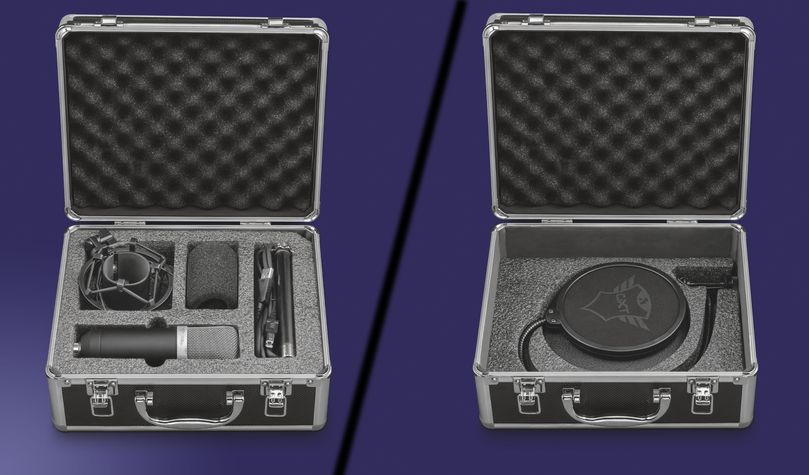
Specifications
Features
Size & Weight
General
Connectivity
Audio
Microphone
Mount
Compatibility
Extra information
Emita USB Studio Microphone
Flightcase
Microphone
USB cable
Pop filters
Shock mount
Desk stand
User guide
PC or laptop with USB port
Windows 7, 8, 10, 11
Downloads
Legal & Compliance information
Version 2.0 | Multilingual
Legal & Compliance information
EU declaration of conformity (DoC)
Version 1.0 | Multilingual
EU declaration of conformity (DoC)
Frequently Asked Questions (FAQ)
This microphone doesn't need a driver to function, it functions with the audio capability of the device it is connected to.
To install:
- Assemble the microphone and set it in your preferred position
- Connect the USB-plug to the USB-connection of the computer
- Check that the microphone is allowed to be used by applications in the Privacy Setttings
- Set the microphone as the default sound input and the speaker as the default sound output device on the computer.
- Check the microphone properties.
- The microphone is ready to use
For this, we would advise to use the Aggregate Device function.
More information about this: https://support.apple.com/en-us/HT202000
The USB cable is USB-A to USB-B. It is a commonly used, and readily available, cable for this kind of devices.
If you are using Windows 10 and the microphone is not performing optimally (e.g. too low volume), we would advise to check the Windows audio drivers. Make sure the audio drivers (e.g. Realtek drivers) are up-to-date by downloading and installing the latest audio drivers via the website of the computer's manufacturer.
Unfortunately, we do not have service centers to repair products.
A defective product should be replaced by your point of purchase during the warranty period.
We offer a 'return to retailer' warranty on our products. In case of a defect, you can return the product to your retailer with failure description, proof of purchase and all accessories. During the warranty period you will receive a replacement product from the retailer if available. For full warranty conditions you can consult: https://www.trust.com/support/warranty
You can use the GXT 253 microphone arm with the following Trust microphones:
- 21753 - GXT 252 Emita Streaming Microphone
- 22400 - GXT 252+ Emita Plus Streaming Microphone
- 22614 - GXT 242 Lance Streaming Microphone
- 23465 - GXT 258 Fyru USB 4-in-1 Streaming Microphone and 24257 - GXT 258W Fyru USB 4-in-1 Streaming Microphone
Note:
- this microphone fits the arm, but can't be mounted directly onto the shock mount. However with the included (with the microphone arm) adapter you can screw this microphone onto the arm.
- the integrated USB-B cable from the 22563 - GXT 253 Microphone Arm is not supported by FYRU Microphone. - 23510 - GXT 256 Exxo USB Streaming Microphone
- 23466 - GXT 244 Buzz USB Streaming Microphone
If your MacBook has an appropriate USB (and not USB-C) connection, a USB microphone will work on your Mac.
After connecting the microphone, you select the microphone in the audio settings to install it.
The pick-up pattern of a microphone is the sensitivity to sound relative to the direction or angle from which the sound arrives, or how well the microphone "picks up" the sound from different directions. The most common types are: Cardioid, Omnidirectional, Unidirectional, Bidirectional.
CARDIOID
The most commonly used pattern is most sensitive at 0° (the front) and least sensitive at 180° (the back). This isolates it from unwanted ambient sound. You can use this for most recording applications. It is easy to get a good signal as the cardioid pattern blends out a bad sounding room, a noisy fan in the background, etc.
OMNIDIRECTIONAL
The omnidirectional microphone has equal sensitivity at all angles. This means it picks up sound evenly from all directions. Therefore, the microphone need not be aimed in a certain direction. It will be especially useful in good sounding rooms.
UNIDIRECTIONAL
Unidirectional microphones are most sensitive to sound arriving from directly in front (at 0°) and less sensitive in other directions. This makes unidirectional microphones effective at isolating the desired sound from both unwanted sound and ambient noise.
BIDIRECTIONAL
A bidirectional microphone (with figure-8 pattern) picks up the sound from in front of the microphone (at 0°) and from the rear (at 180°), but not the side (at 90° and 270°). It can be beneficial in situations where you do not want a signal coming from a 90° angle to bleed into the microphone.
Contact us
Contact us
Please check our FAQs first, chances are you'll find the answer there.
Couldn't find the answer in the FAQs? Fill out the form below with as much information as possible and one of our help-desk staff will respond at the earliest opportunity. Our messages are answered in the order they are received.
After submitting the form a confirmation message will be displayed with your reference number. The confirmation will be sent to your email address at the same time as well. If you have not received the confirmation message, please check your spam or junk mail folder. Otherwise, fill out the form again with your correct e-mail address.
